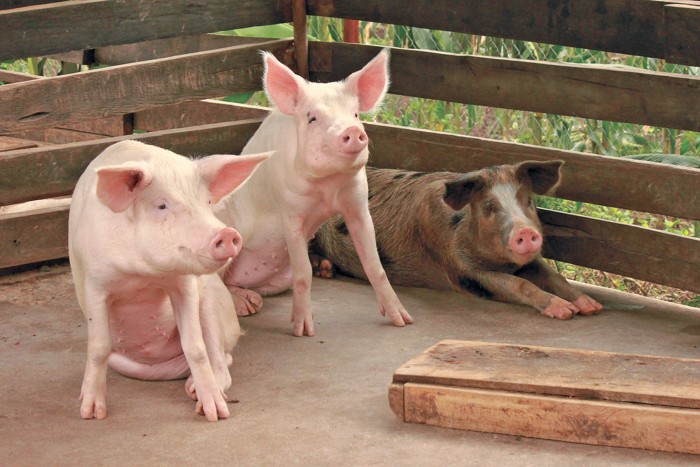Advertisement
Grab your lab coat. Let's get started
Welcome!
Welcome!
Create an account below to get 6 C&EN articles per month, receive newsletters and more - all free.
It seems this is your first time logging in online. Please enter the following information to continue.
As an ACS member you automatically get access to this site. All we need is few more details to create your reading experience.
Not you? Sign in with a different account.
Not you? Sign in with a different account.
ERROR 1
ERROR 1
ERROR 2
ERROR 2
ERROR 2
ERROR 2
ERROR 2
Password and Confirm password must match.
If you have an ACS member number, please enter it here so we can link this account to your membership. (optional)
ERROR 2
ACS values your privacy. By submitting your information, you are gaining access to C&EN and subscribing to our weekly newsletter. We use the information you provide to make your reading experience better, and we will never sell your data to third party members.
Vaccines
Covid-19
China approves the first inhalable COVID-19 vaccine
CanSino reported that its aerosolized booster provides stronger immune protection than injected offerings
by Shi En Kim
September 8, 2022
| A version of this story appeared in
Volume 100, Issue 32

In what could be the start of a wave of needle-free technology, China has approved the world’s first inhaled COVID-19 vaccine. The China-based firm CanSino Biologics says the government has given a nod for its product, Convidecia Air, to be used as a booster dose.
Convidecia Air is an aerosolized version of the company’s original injected formulation. Both vaccines stimulate immunity with adenovirus vectors, technology similar to what’s used in the vaccines from AstraZeneca and Johnson & Johnson.
CanSino received the green light to run clinical trials for Convidecia Air in March 2021. In a July 2022 preprint, its researchers reported that adults who obtained two COVID-19 shots and then inhaled the vaccine through the mouth showed a stronger immune response than those who received three shots. The inhaled booster also offered greater protection against the Omicron variant than an injected booster from a different company.
“This is a remarkable milestone in our battle against COVID,” says Ke Cheng, a biomedical engineer with joint appointments at the University of North Carolina at Chapel Hill and North Carolina State University. He is also working on an inhaled vaccine that just passed the preclinical stage.
Like many other scientists who are racing to develop mouth- or nose-administered vaccines, Cheng argues that they are humanity’s best shot at shoring up our immune defenses against COVID-19. According to Cheng, such vaccines are faster and more effective at inducing immunity because they deliver protection to where the body needs it the most: the mucosal lining of the airways that first encounters airborne pathogens.
Injected vaccines provide systemic immunity, activating immune cells and antibodies that circulate the whole body. But these microscopic sentries may not be present at high enough levels in the nose and lungs to ward off an infection.
Experts say there’s a good chance that inhaled and nasal COVID-19 vaccines will become popular in the long run. In addition to being needle-free, their localized area of action means they need less viral material to trigger an appropriate response. CanSino developers have advertised that Convidecia Air only needs a fifth of the injected amount.
Convidecia Air is among the 100 or so mucosal vaccine alternatives that are being developed around the world. A few days after CanSino’s announcement, India’s government authorized an adenovirus-based nasal spray vaccine that was developed jointly by Bharat Biotech and Washington University in St. Louis. AstraZeneca just completed Phase 1 clinical trials on an intranasal vaccine that uses the adenovirus platform.
Convidecia Air may be the world’s first approved inhaled COVID-19 vaccine, but it’s not the first one that’s needle-free: both Iran and Russia have authorized locally developed nasal vaccines, but data on efficacy and safety are scant. According to Cheng, there have been concerns in the past over whether sprayed vaccine particles remain in the nasal cavity instead of enter the lungs to provide protection there.
Researchers have been slow to develop inhaled or nasal versions of messenger RNA vaccines like the ones from Moderna and Pfizer-BioNTech. The mRNA vaccines are packaged into lipid nanoparticles, and the jury is still out on “how well these lipid nanoparticles can transport mRNA across the barriers of airways,” Cheng says. On the other hand, “adenovirus carriers can penetrate the lung barriers very well.”





Join the conversation
Contact the reporter
Submit a Letter to the Editor for publication
Engage with us on Twitter